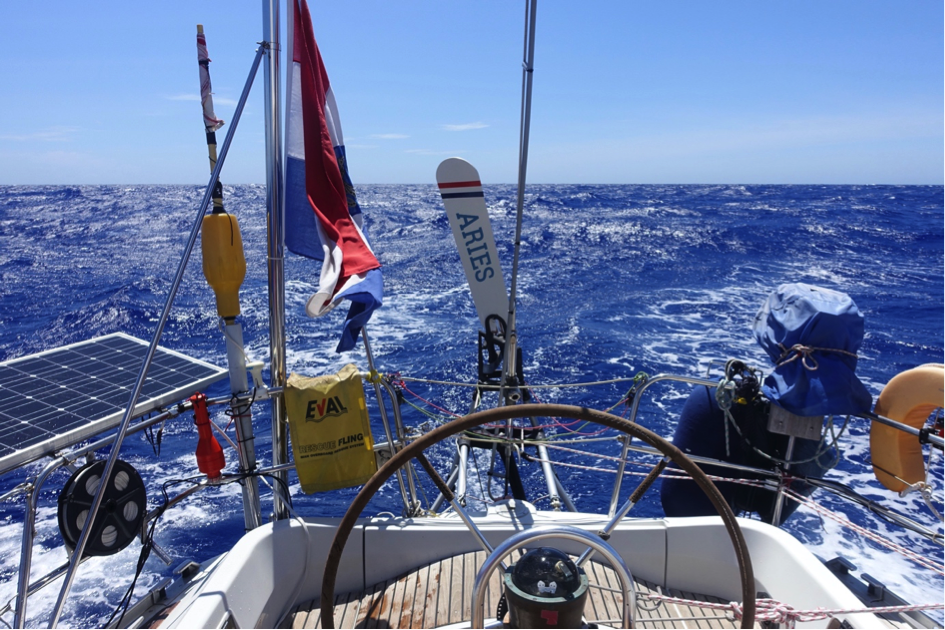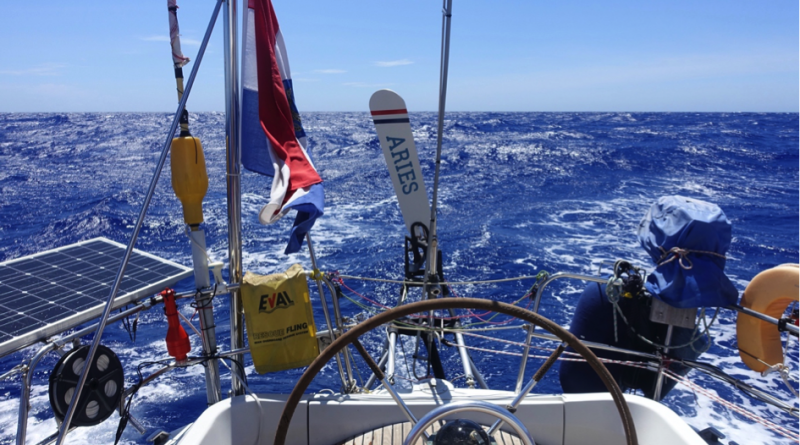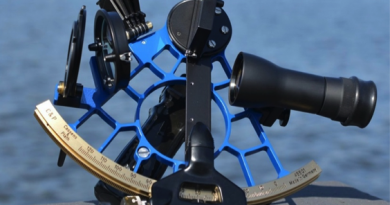RYA-tips #31 – Blue water sailing – self-steering
Zeilen is een combinatie van wetenschap en kunst. En voor wie daar meer over wilt weten schrijft Albert De Nijs, instructeur bij de De Zeezeilers van Marken wekelijks een rubriek met tips&trics van de Royal Yachting Association.

Helming a yacht is lots of fun, for a few hours. Sailing short-handed, a form of self-steering (electrical or mechanical) is mission critical on longer offshore passages, and certainly for ocean sailing. Most sailors use the autopilot, but windvanes can steer the boat relative to the wind, and don’t depend on electrical power. In this article we will discuss this ultimate blue-water tool.
A windvane operates in the free flow of the wind. When the vane is vertical, the yacht is on course, when it is deflected the system is adjusting course. For the system to work properly, the boat needs to be nicely balanced, no excessive heel, not overpowered and sails trimmed to remove any lee or weather helm. You don’t want the windvane system to fight an out-of-trim yacht for 24/7!
To change direction, just alter the vane’s angle to the wind. These systems steer an angle relative to the apparent wind. During a wind-shift the yacht will wander off-course, but the sails will remain in trim. You can allow the yacht to wander off course, just be aware if and when it happens. Broad reaching they offer remarkable gybe protection, and close hauled or close reaching they are able to keep the boat nicely in the groove.
There are 2 types of windvanes, the servo pendulum system (SPS) and auxiliary rudder system (ARS).
The well-known Aries windvane is a servo pendulum system. This windvane uses a servo paddle (in the water) to multiply its force. When the windvane is deflected from vertical, the servo paddle is moved sideways like a pendulum. With lines this power is transferred to the tiller or wheel to operate the boat’s own rudder.
Hydrovane is an auxiliary rudder system. In this system the vane directly drives an extra rudder, while the yachts rudder is centered and fixed. The boats rudder handles any weather helm, the windvane takes care of course corrections. Although less powerful then a servo pendulum system, it works well in a balanced yacht. And it has the advantage that it is basically an emergency rudder!
Windvane self-steering depends on wind to operate (min 5kts). In light winds or when motoring you will have to rely on the autopilot with its fluxgate to steer the boat. In strong winds or gales, windvanes can safely steer the boat relative to the wind, while the crew shelters down below.
Windvanes are the ultimate tools for blue water sailors, both practical and reliable. The electrical autopilot can function as back-up system and for light winds.
Albert de Nijs, Dutch Offshore Sailing Academy




